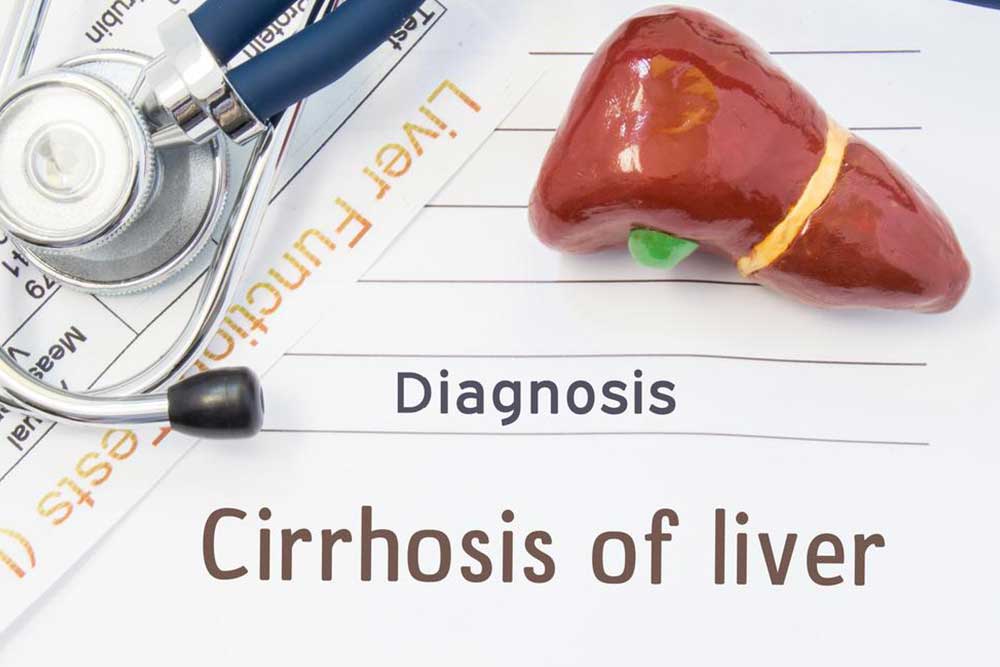Liver Cirrhosis and its 4 Stages
Liver cirrhosis is a degenerative disorder in which the healthy cells of the liver are damaged, resulting in the formation of a scar. This, in turn, reduces the liver’s functional ability. One of the common causes of liver cirrhosis is infection due to the hepatitis virus. Sometimes, following an unhealthy lifestyle for several years can also lead to cirrhosis. The condition progresses through several stages, with different symptoms developing .
Symptoms
A few common symptoms of liver cirrhosis are
- fatigue,
- nausea,
- weight loss,
- drowsiness,
- jaundice,
- a loss of appetite,
- skin problems, and
- swelling.
The 4 stages of liver cirrhosis
There are 4 stages of liver cirrhosis, and each one of them can be differentiated on the basis of severity of the disease and complications associated with it.

Stage 1 Cirrhosis
This is the stage when neither varices nor ascites occur. However, the liver is in a damaged condition, it is not very severe. The affected individual may feel extremely tired or may experience a lack of energy to carry on regular work.
Stage 2 Cirrhosis
In the second stage, portal hypertension worsens and varices develop in the esophagus.
Stage 3 Cirrhosis
In this stage, ascites develops and varices may be present. This stage is irreversible and generally requires a liver transplant.
Stage 4 Cirrhosis
Among the 4 stages of liver cirrhosis, this indicates an end-stage liver disorder. In this stage, the varices of the stomach and esophagus rupture and cause intestinal bleeding, which is an immediate danger to life. A liver transplant usually the only option here.
How to Deal With Liver Cirrhosis
If you have been diagnosed with any of the 4 stages of liver cirrhosis, here are a few strategies that you may need to follow:
- Avoid excess alcohol consumption
- Take multivitamins regularly
- Avoid nonsteroidal anti-inflammatory medication as they can worsen the situation
- Go for a liver transplant, which is the last resort

